Peugeot 3008 2009-2017
Brakes, suspension & tyres
Time
20 minutes
Difficulty
3
Vimeo embedded videos require Javascript. If you have disabled javascript on your browser, please try enabling it and reloading the page. (You can still use the non-video procedure below if you prefer not to allow Javascript.)
Start with the front wheels


With the wheel off the ground, check for wear in the wheel hub bearings by grasping the wheel and trying to rock it. A very slight play may be felt, which is OK, but if the movement is appreciable you should seek further advice
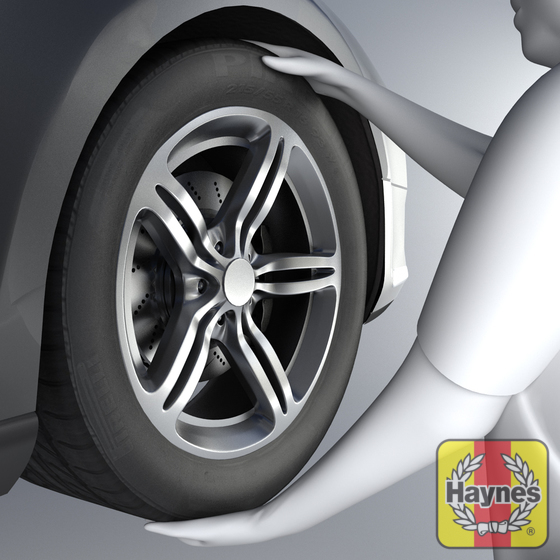

Remove the wheel


Check the condition of the brake discs. Some light scoring is normal on the area in contact with the brake pads, but if heavy scoring and/or cracks are found on the disc or around the wheel bolt holes, the disc must be renewed. ALWAYS replace both front discs and pads
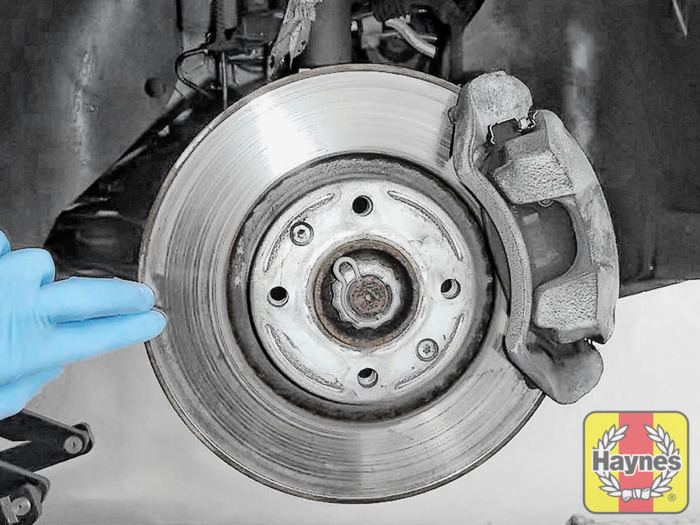

Now locate the brake pads. There are two, one on each side of the disc. Locate the brake pad's wearing surface. It's the wear material that is pressed against the brake disc to slow the vehicle when the brake pedal is applied
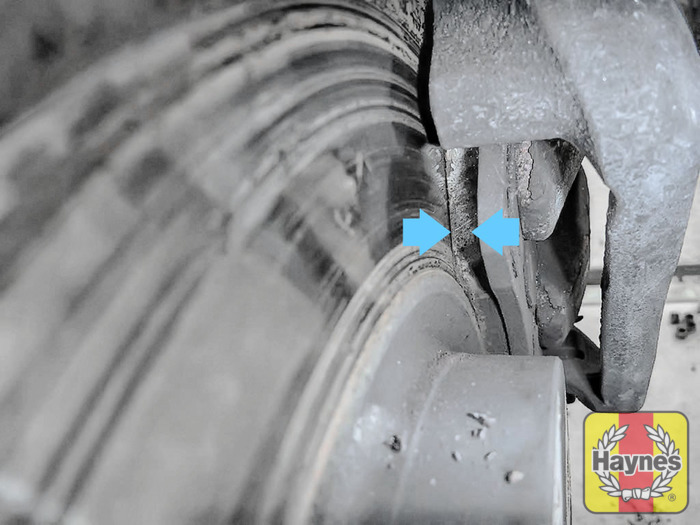

Using a ruler, measure the approximate thickness of the remaining wear material on the brake pad. If it is less than 2.0mm all front pads need to be replaced
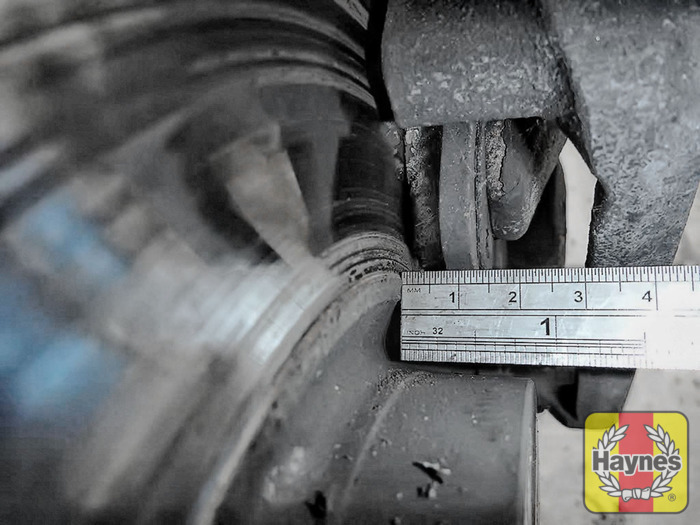

TIP - Virtually all cars have this inspection window in the brake caliper body, and you can usually see the brake pad thickness from here
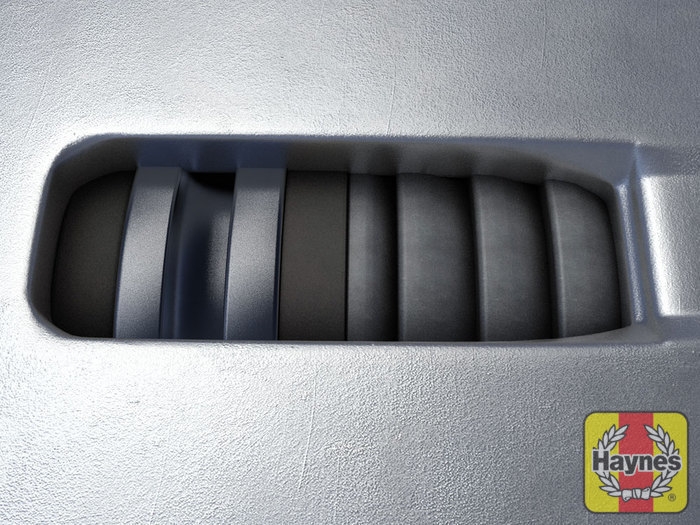

Now quickly check all the brake pipes for condition, check for any leaks, also inspect the rubber gaitors for integrity. Seek advice should you detect a problem. Replace the wheel and repeat on the other side


It is a similar procedure with the rear wheels. Check for wheel bearing movement, then remove the wheel


Check the condition of the rear brake discs


Locate the rear brake pads


Measure the brake pad wear thickness. If it is less than 2.0mm all rear pads need to be replaced


Take a good look around the brake system and suspension arm, checking for any leaks. Seek advice should you detect any leakage and/or serious damage to the components
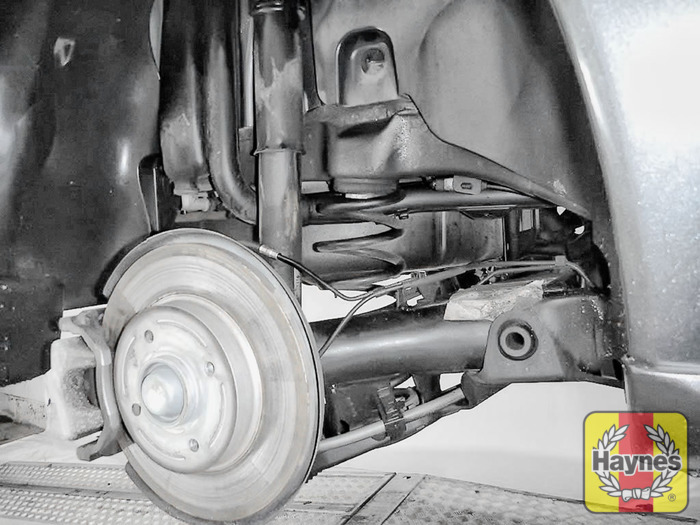

Check the rubber exhaust mountings


Before refitting the tyres, take a look at the tyre tread. There is a UK legal requirement to have a minimum of 1.6mm remaining tread depth. Also check sidewalls for any kerb damage
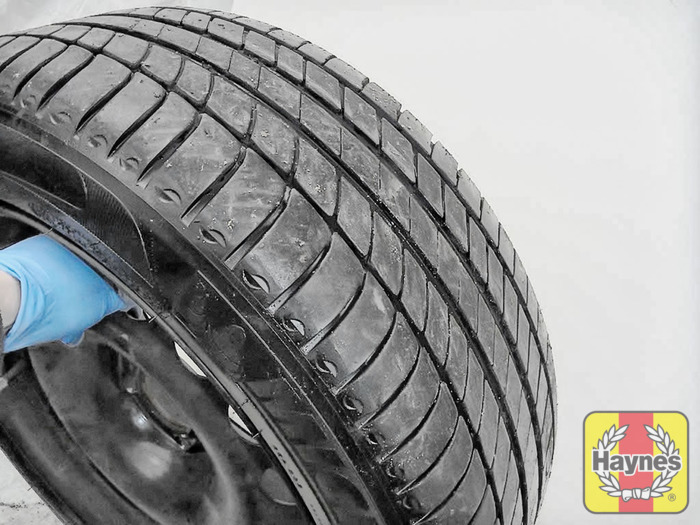

Finally, check the condition of the spare wheel/emergency tyre repair system

